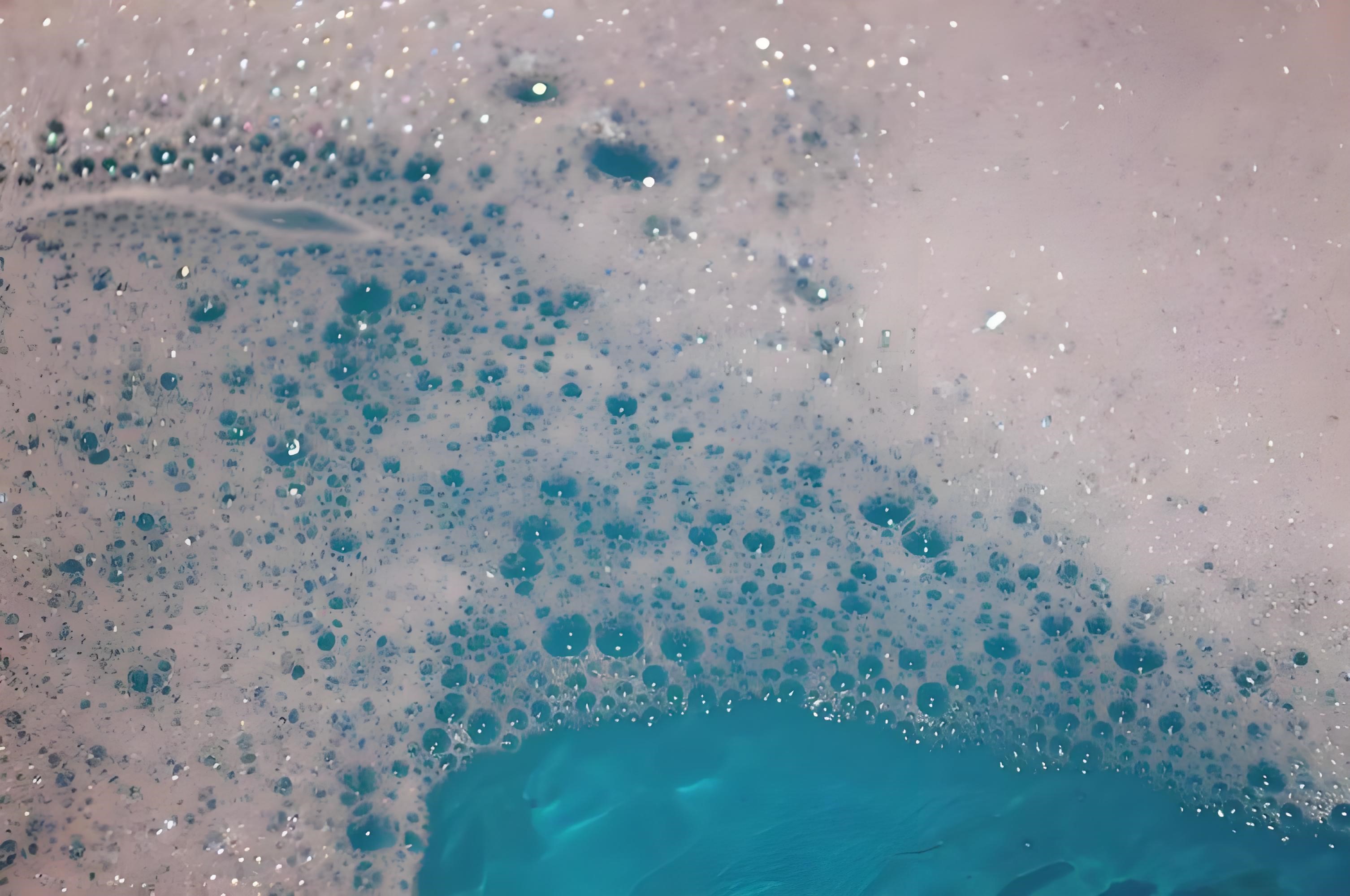In the process of water treatment, the foam problem often leads to the decline of equipment efficiency, substandard water quality and even environmental pollution. As the key additive to solve the foam problem, the selection and use of defoamer directly affect the treatment effect.
First of all, we need to clarify the source and characteristics of foam. The formation of foam is mainly due to surfactant, mechanical agitation, gas introduction and other reasons. A large number of foam will reduce oxygen transfer efficiency, affect precipitation separation, increase energy consumption and other issues. Secondly, we need to judge the type of foam and determine whether it is a stable foam or an instantaneous foam. If it is a stable foam, efficient water treatment foam breakers are required. If it is a short-lived foam, foam inhibitors are more suitable.
The defoamer for water treatment mainly reduces the surface tension of liquid film to promote the foam to burst. And inhibit the foaming of surface active substances. Our common organic silicon defoamers have the main advantages of high temperature resistance, strong chemical inertness, and are suitable for industrial wastewater. Polyether defoamers are easy to disperse and suitable for food grade water treatment. The main advantage of mineral oil defoamers is their low cost and use in general circulating water systems.
Therefore, when selecting defoamers for water treatment, we need to select appropriate defoamers according to the characteristics of water quality and the source of foam.


 English
English
 Chinese
Chinese Vietnamese
Vietnamese
 HOME
HOME
 PRODUCT
PRODUCT
 NEWS
NEWS
 CONTACT
CONTACT


